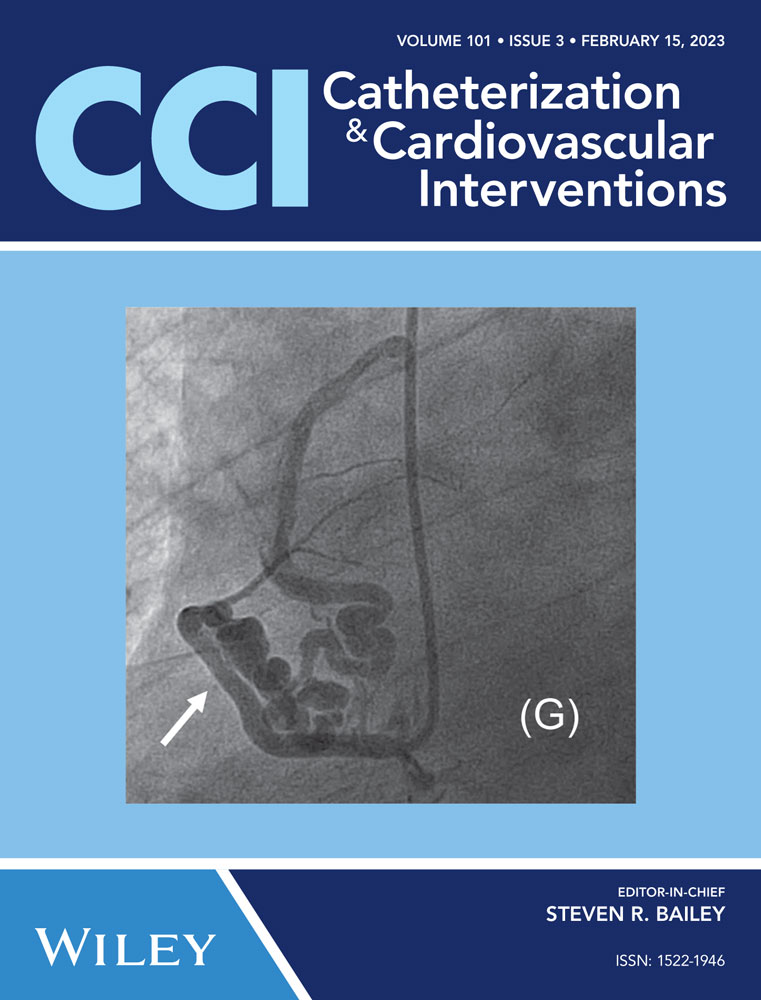Role of the retrograde Carlino technique for chronic total occlusion percutaneous coronary intervention
Abstract
Background
There is scarce data on the outcomes of the Carlino technique for chronic total occlusion (CTO) percutaneous coronary intervention (PCI). We aimed to investigate the indications and outcomes of the Carlino technique as performed in the context of the retrograde approach.
Methods
We pooled CTO PCI cases where a retrograde Carlino technique was performed from high-volume operators at four centers. The Carlino technique was characterized according to its indication (achieving plaque/cap modification, clarifying microcatheter location within the vessel, resolving distal cap ambiguity) and was considered successful when it led to the desired outcome.
Results
A total of 43 patients were included. Occlusion complexity was very high (mean J-CTO score 3.3 ± 0.8). The two most common indications were understanding the anatomy of the occlusion and clarifying gear location (37.2%) and impenetrable distal cap (34.9%). The Carlino technique was successful in 88.4% of cases. Overall technical and procedural success was 86.0%. The most common successful crossing technique was reverse controlled antegrade and retrograde subintimal tracking (70.3%). No complications were attributed to the Carlino technique.
Conclusions
We observed a high success rate of the retrograde Carlino technique, as well as overall technical and procedural success rates. No Carlino technique-related complications were observed. Additional data from larger registries are warranted to further confirm the safety and efficacy of this technique.
CONFLICTS OF INTEREST
Dr. Azzalini received consulting fees from Teleflex, Abiomed, GE Healthcare, Asahi Intecc, Philips, Abbott Vascular, and Cardiovascular Systems, Inc. Dr. Boudou received proctoring fees from Boston Scientific, Asahi Intecc, and Terumo. Dr. Avran received proctoring fees from Boston Scientific, Biotronik, Asahi Intecc, Abbott Vascular, Medtronic, Terumo, and Orbus Neich. Dr. Lombardi received consulting fees from Asahi Intecc, Abiomed, Boston Scientific, Medtronic, Siemens, and Teleflex; receives royalties from Asahi Intecc; and his spouse is a Philips employee. Dr. Kearney received consulting fees from Abiomed, Abbott Vascular, Boston Scientific, Medtronic, Teleflex, and Cardiovascular Systems, Inc. The remaining authors declare no conflict of interest.




